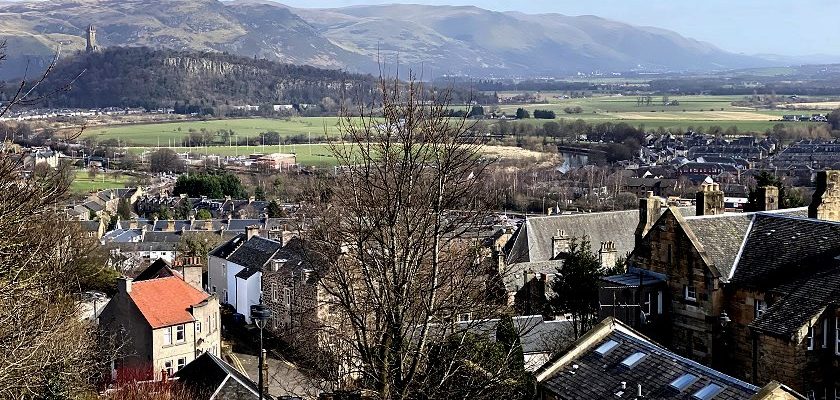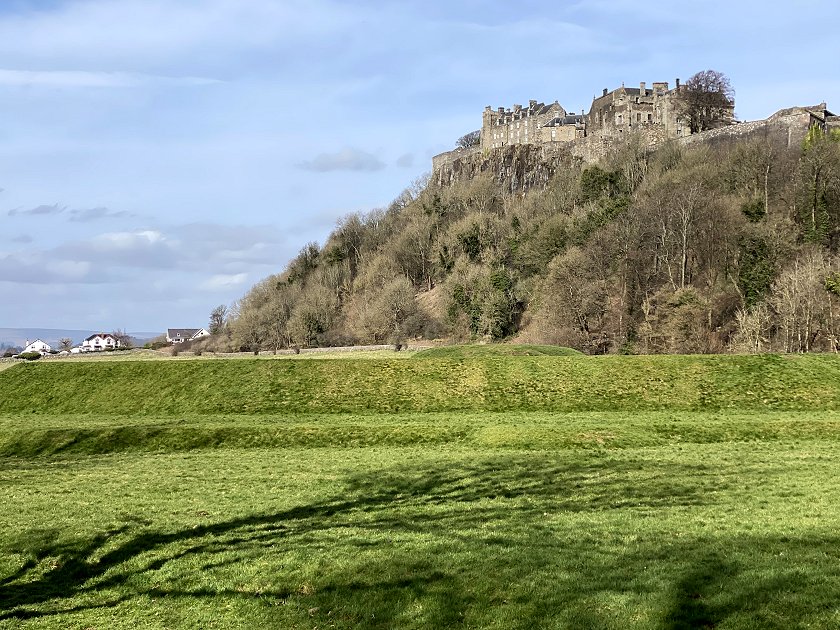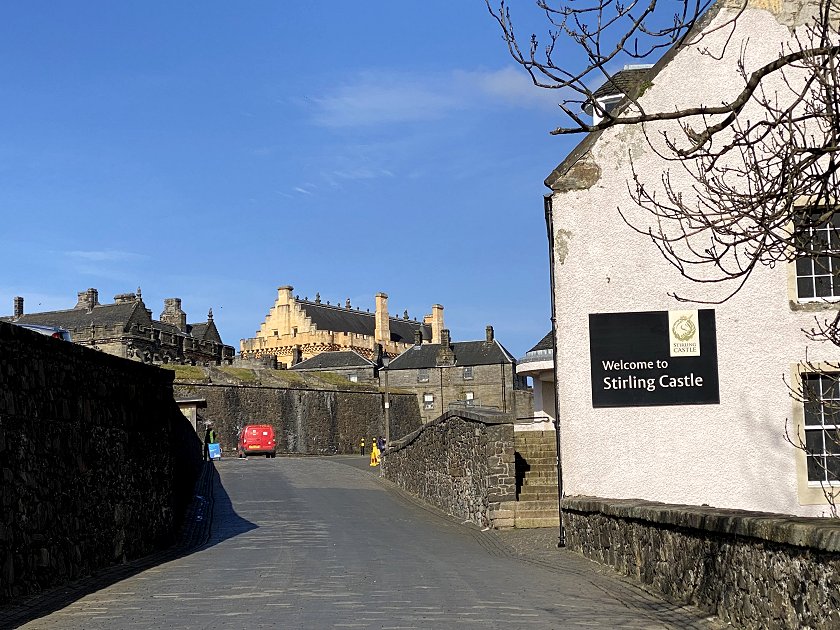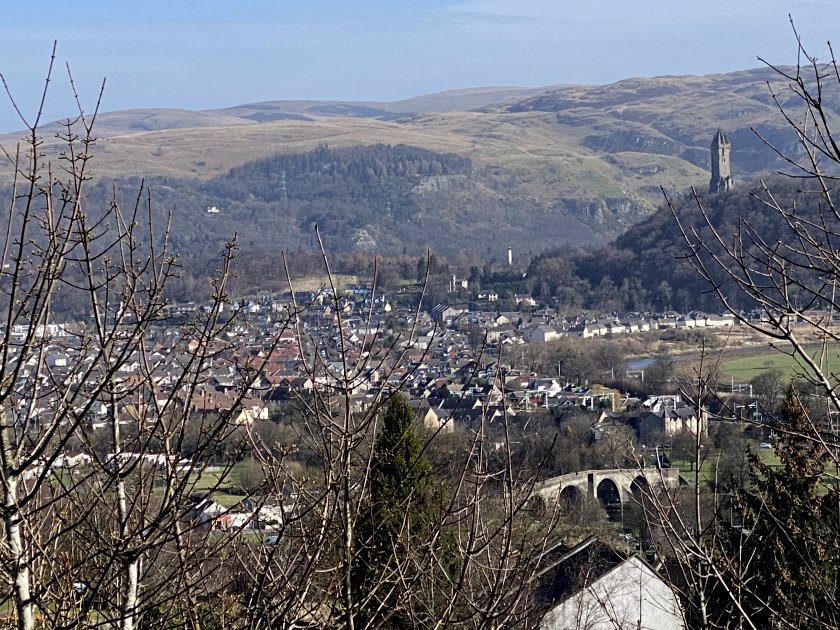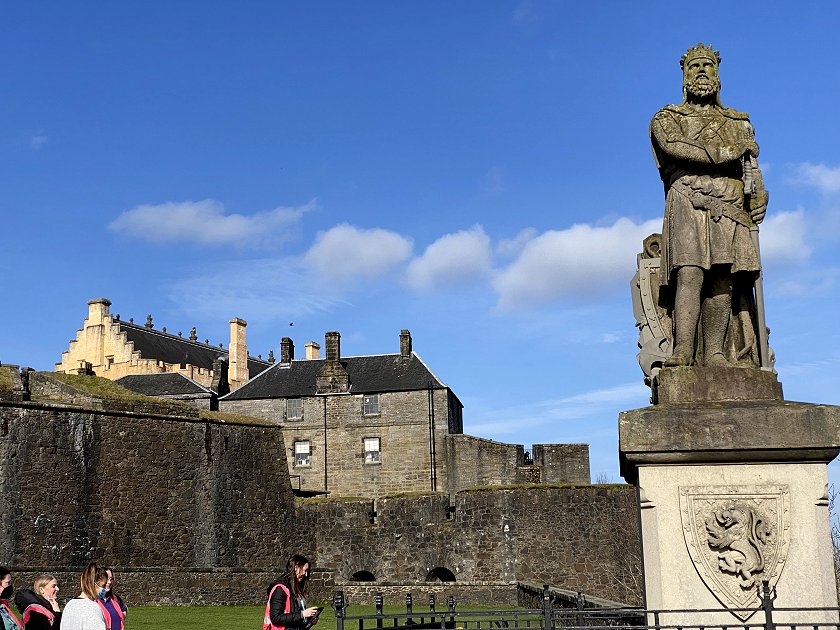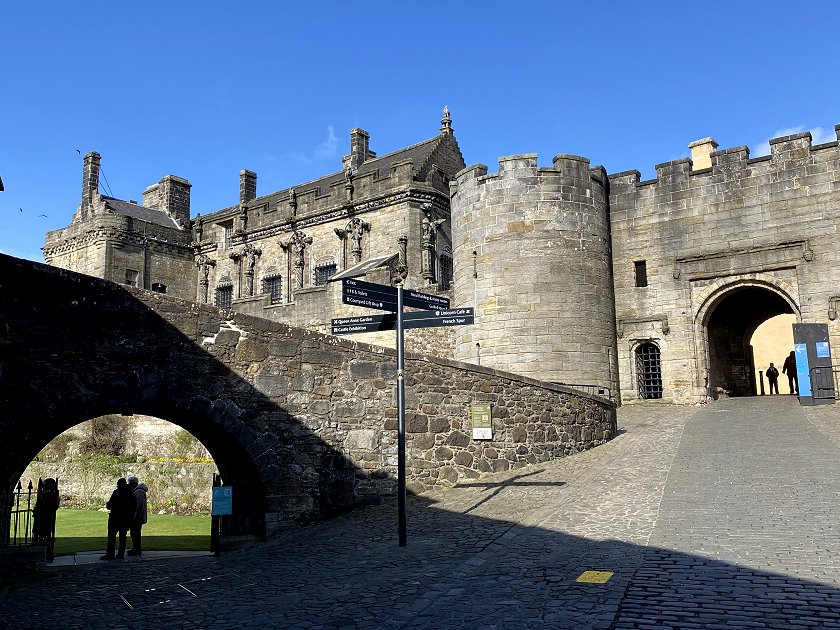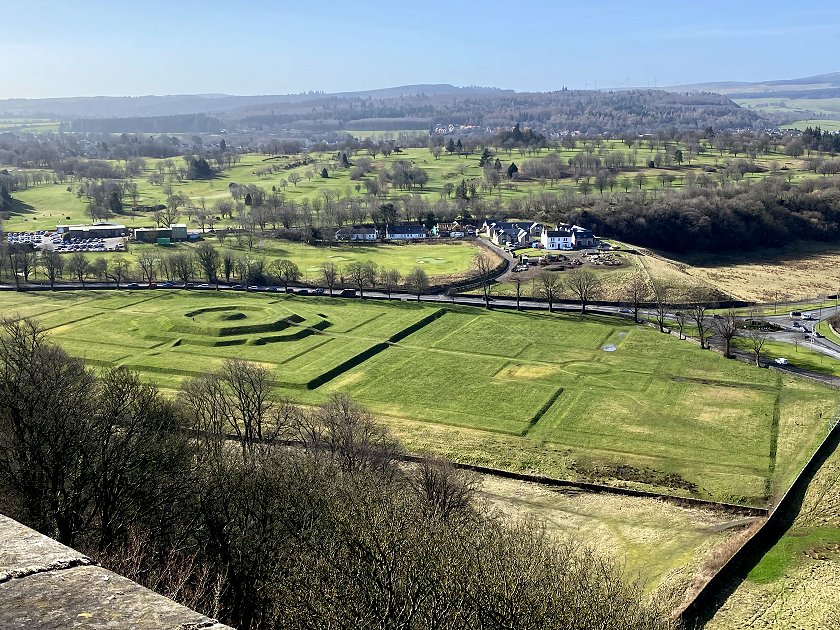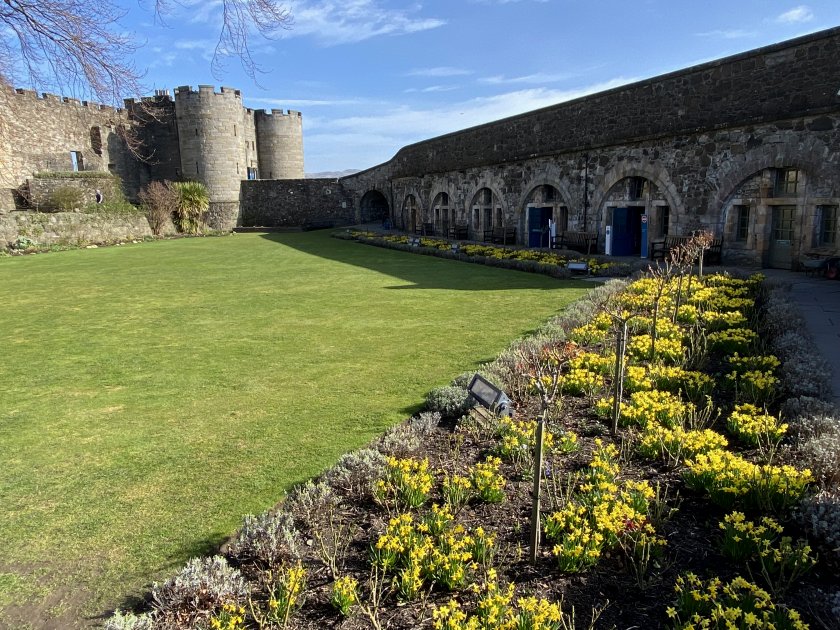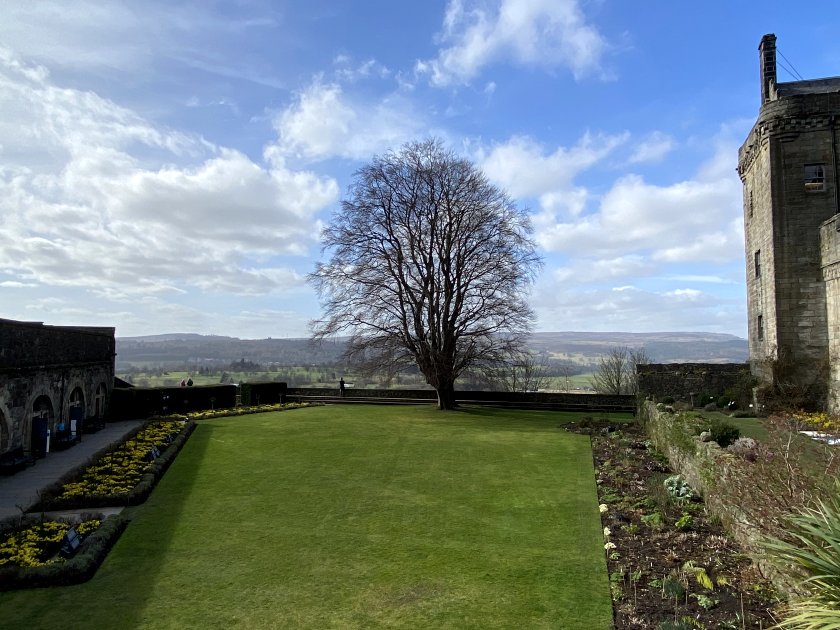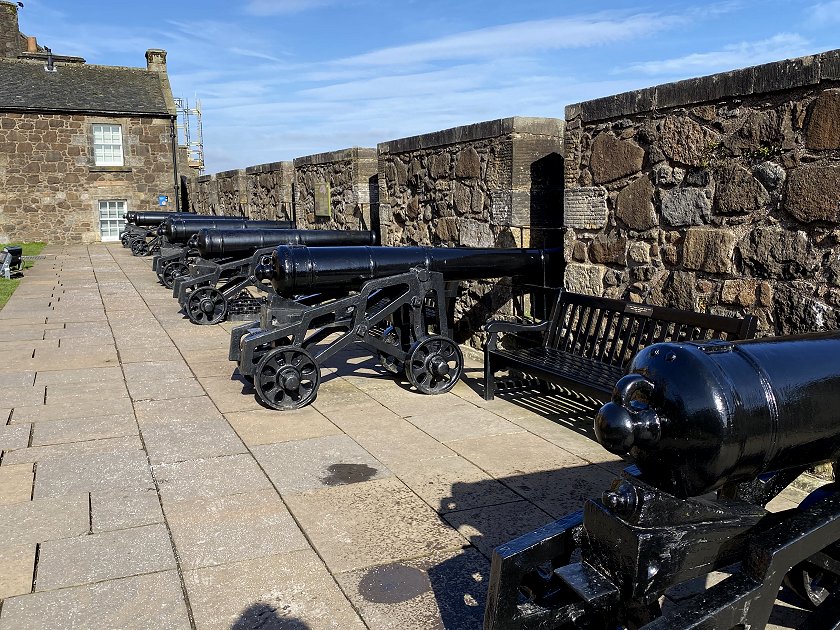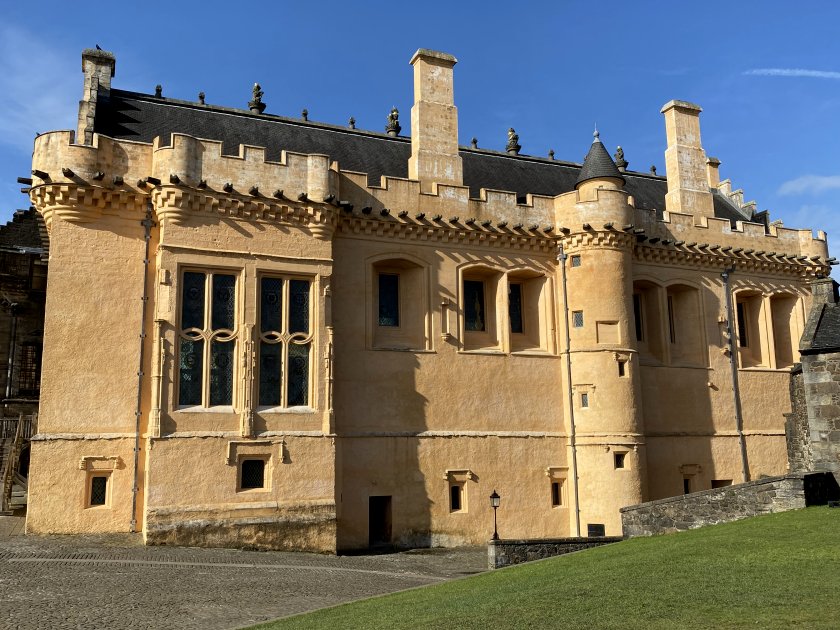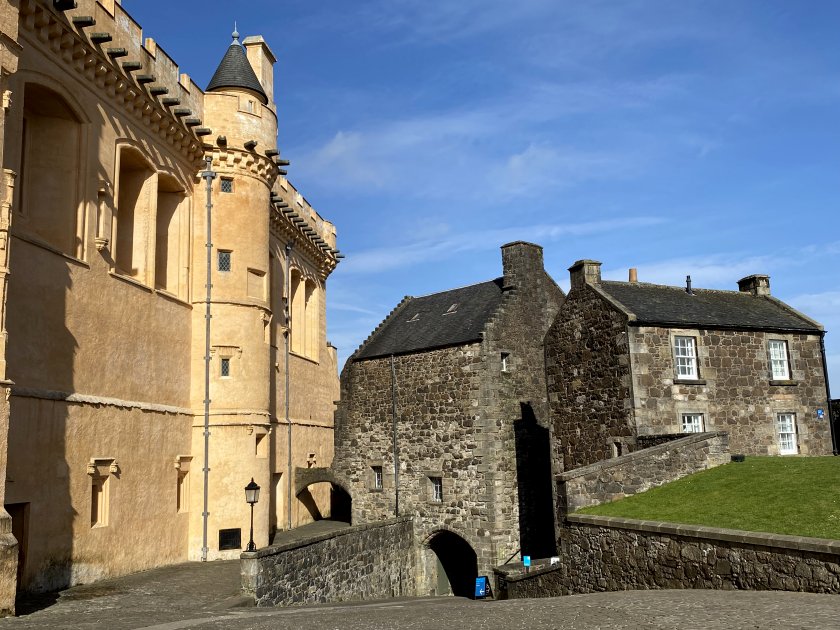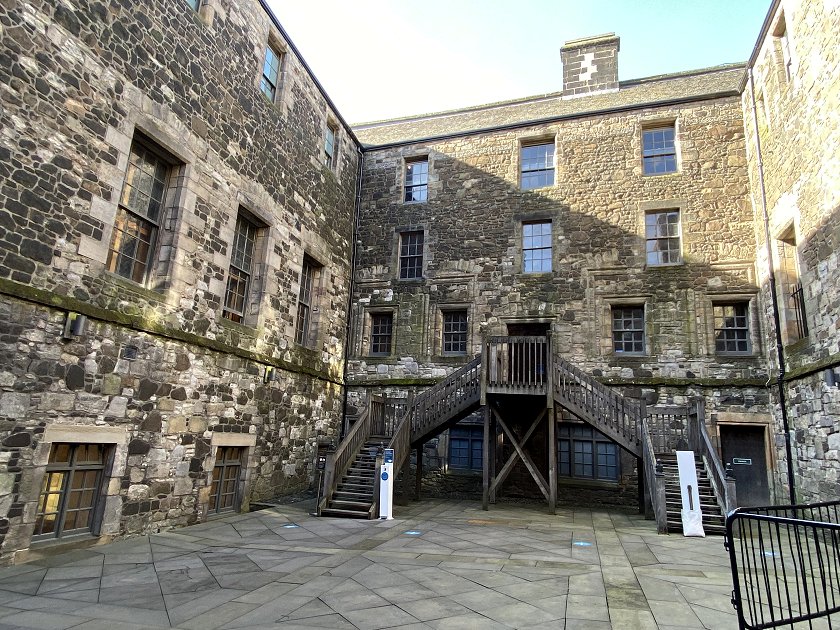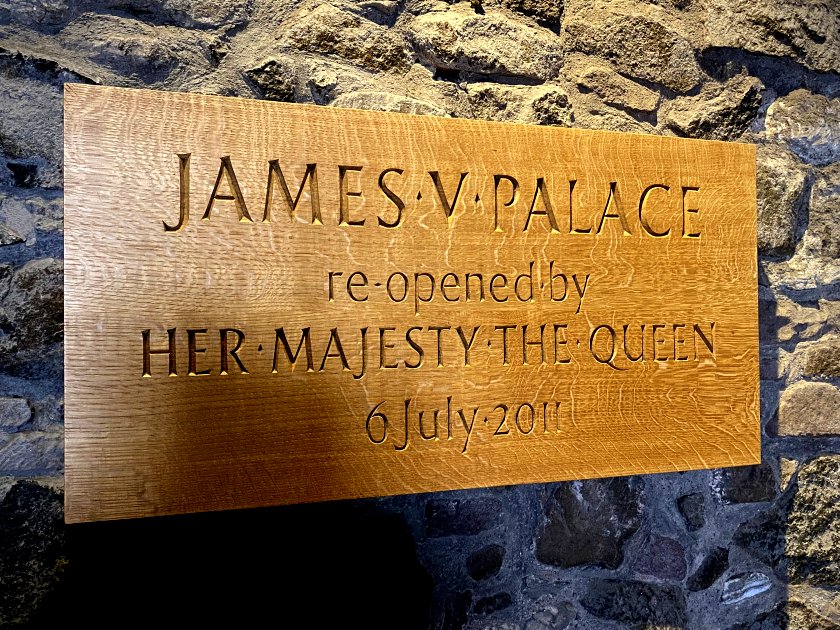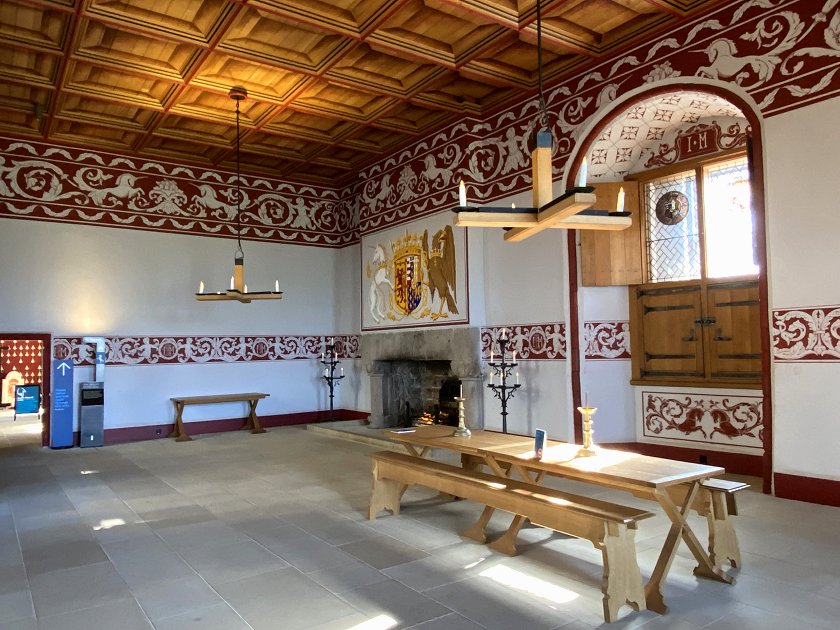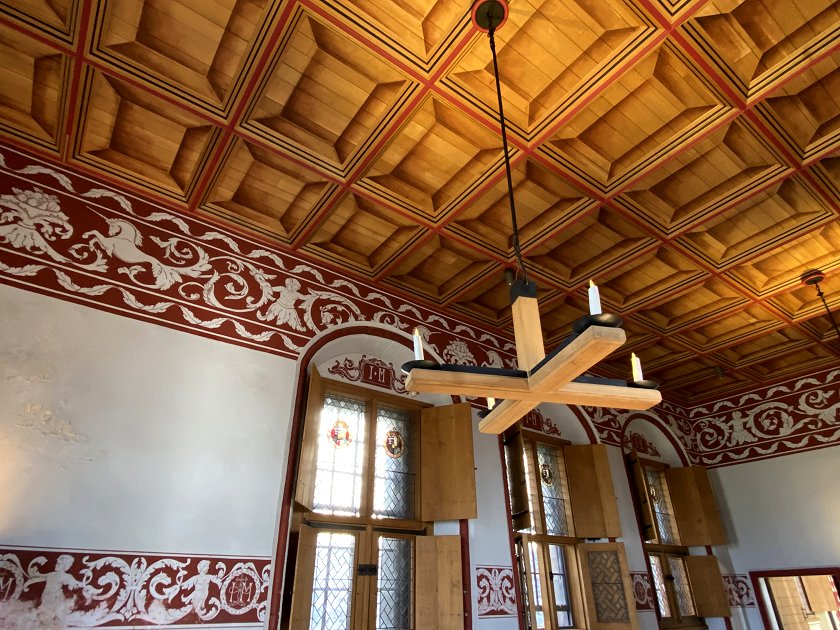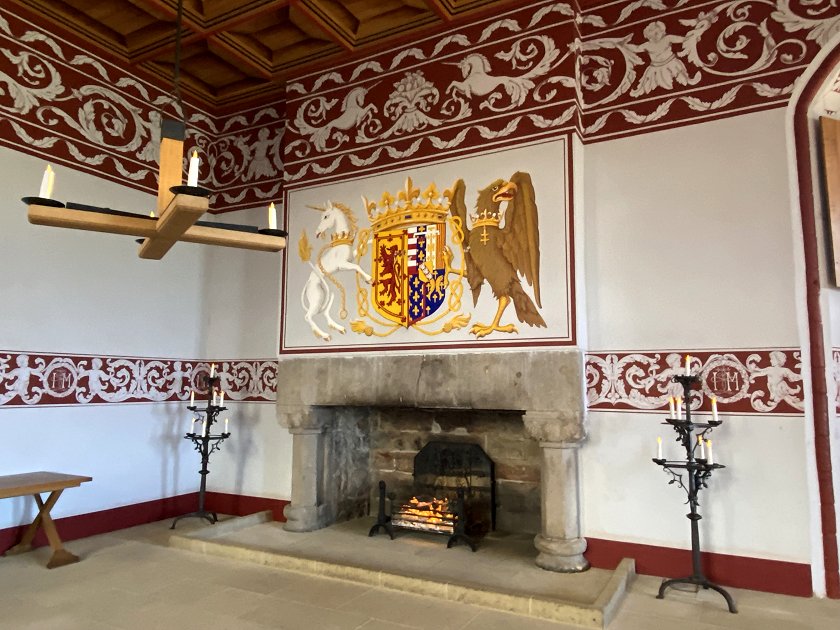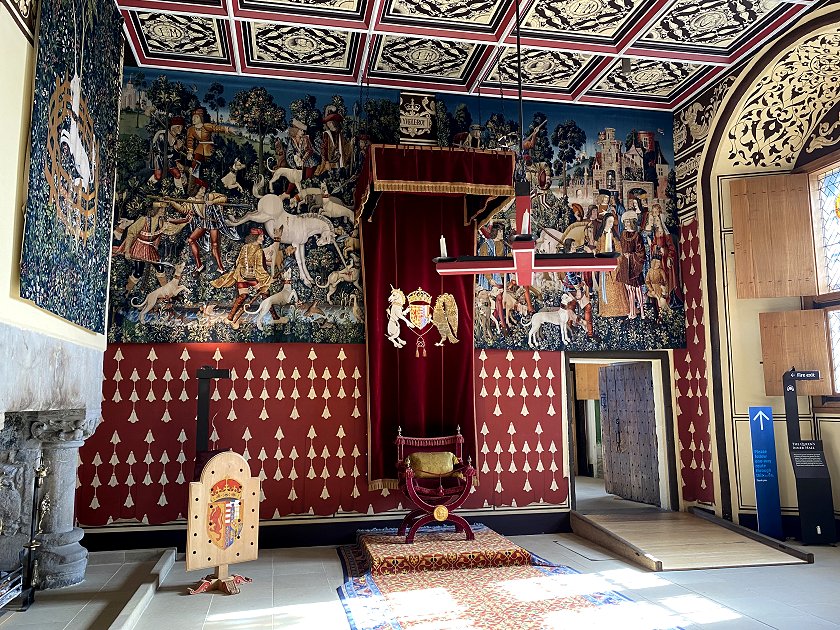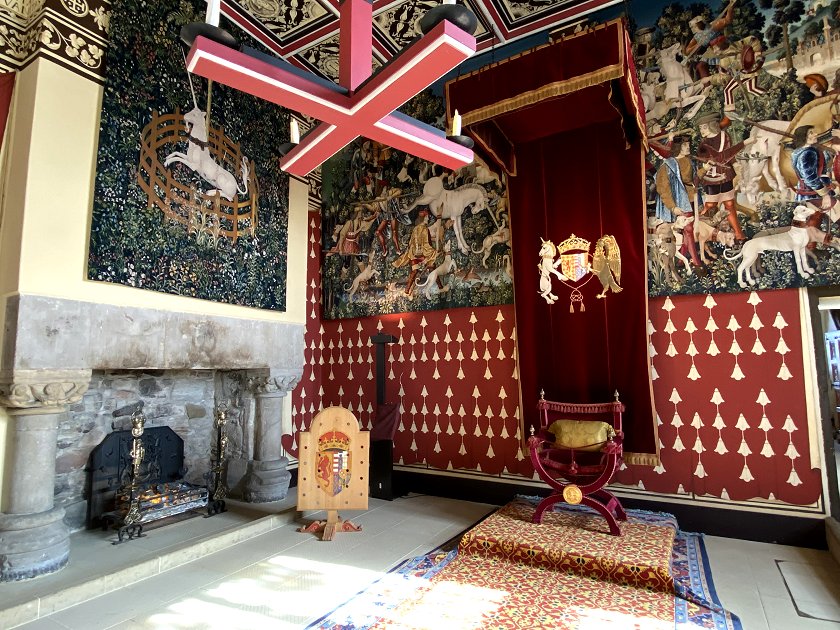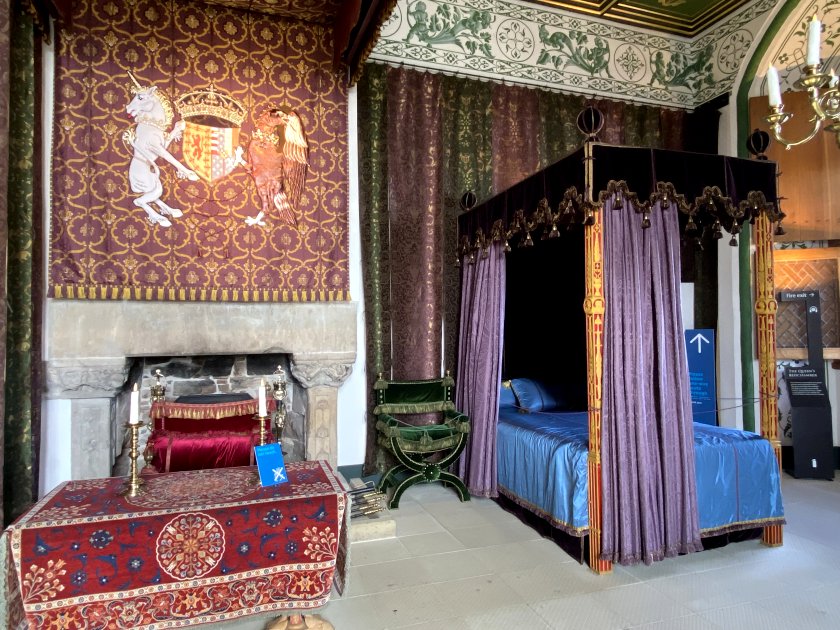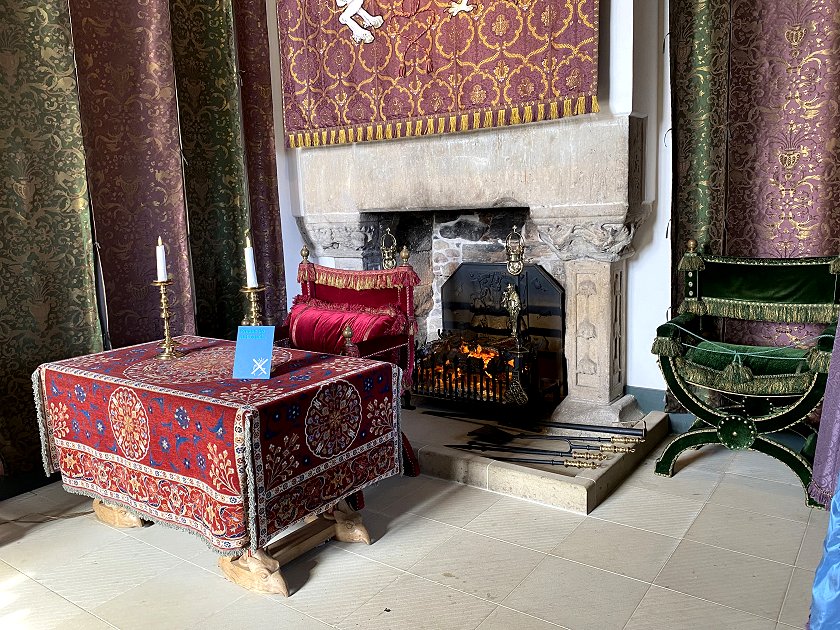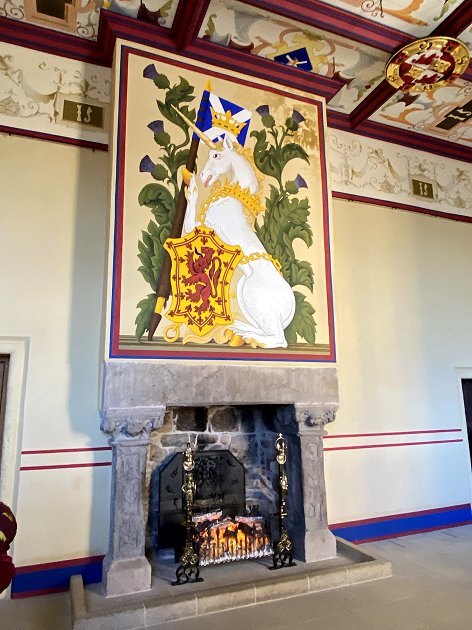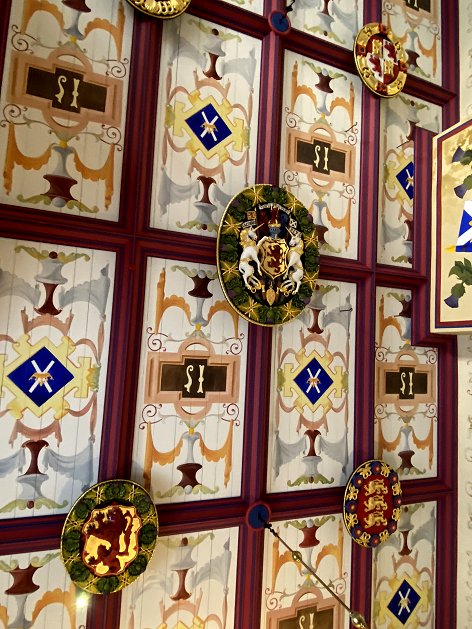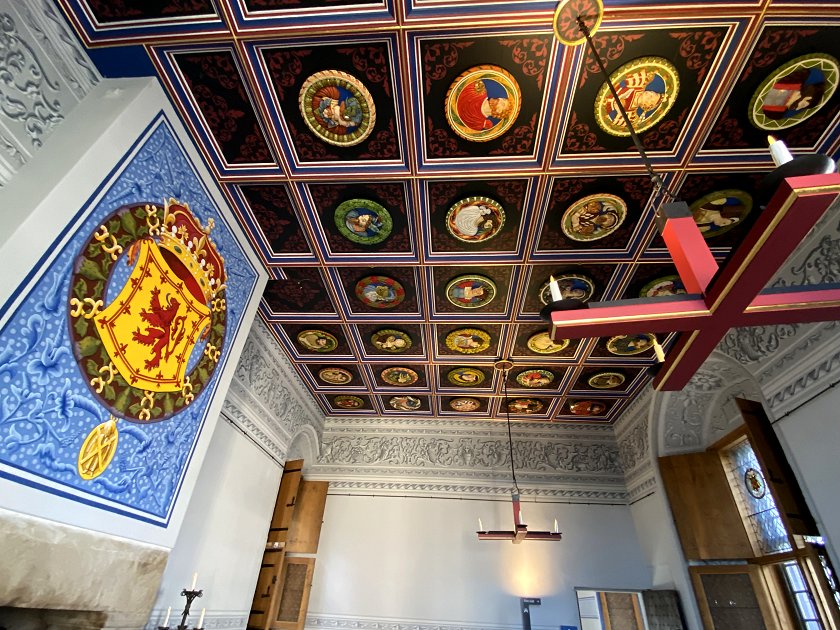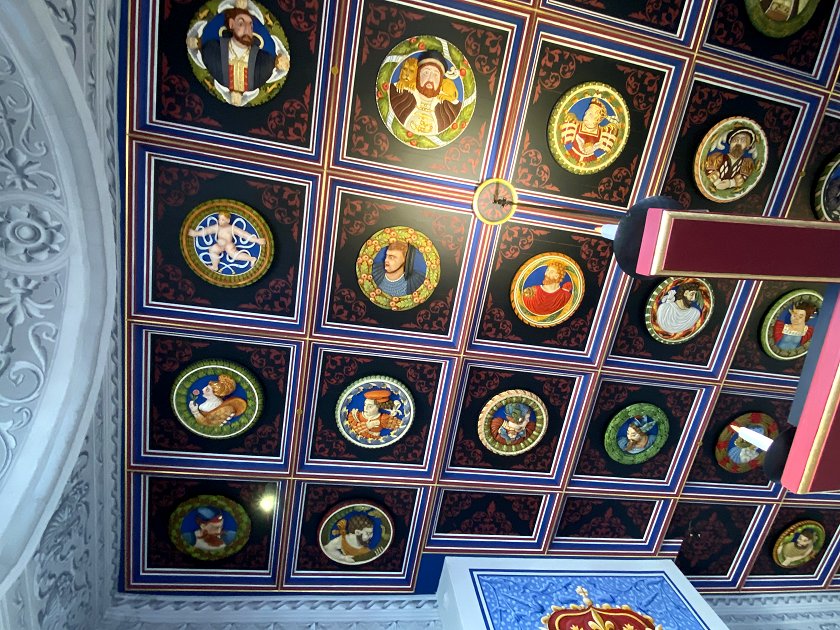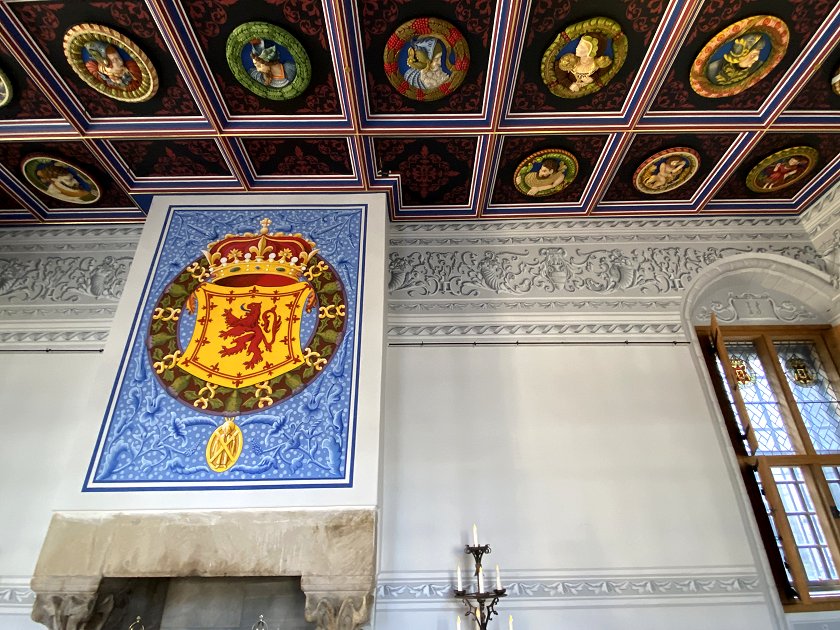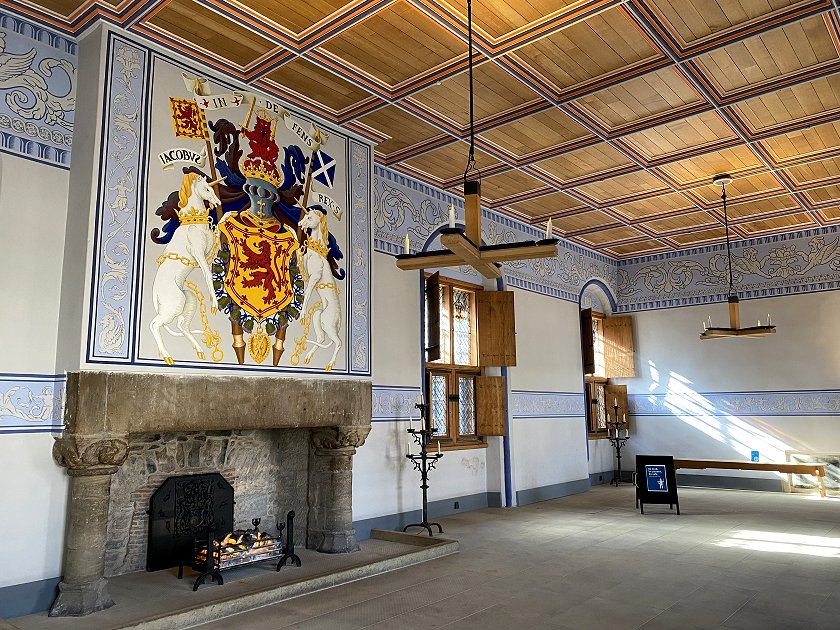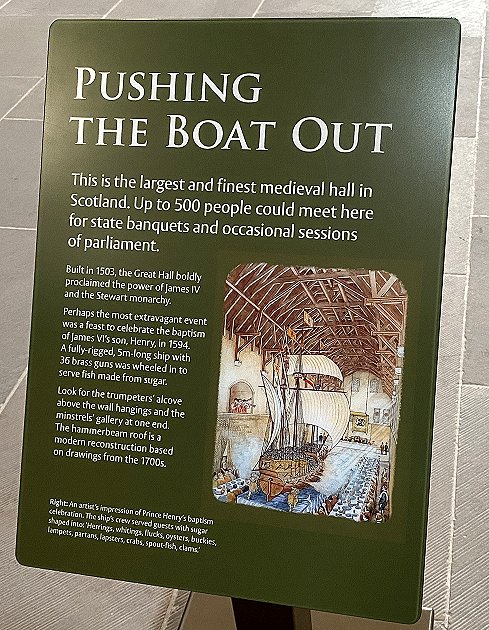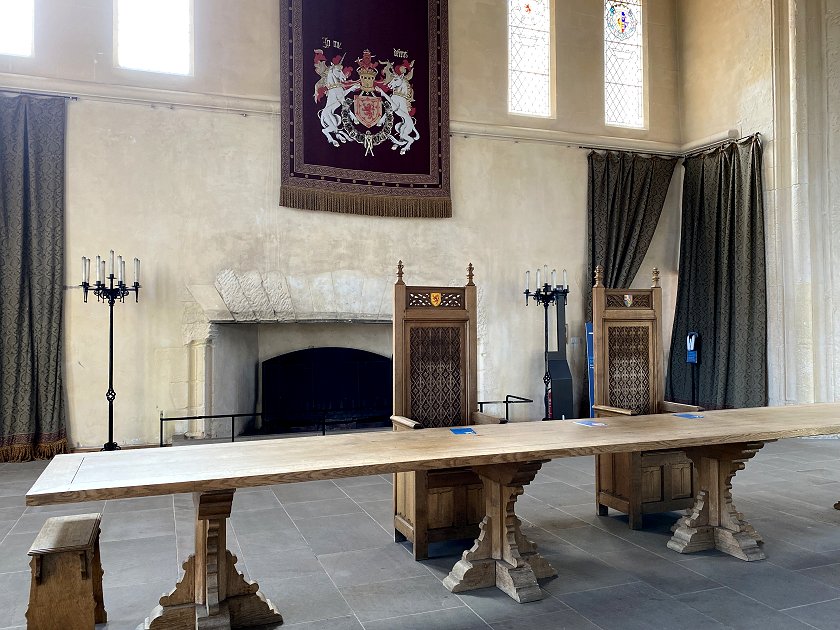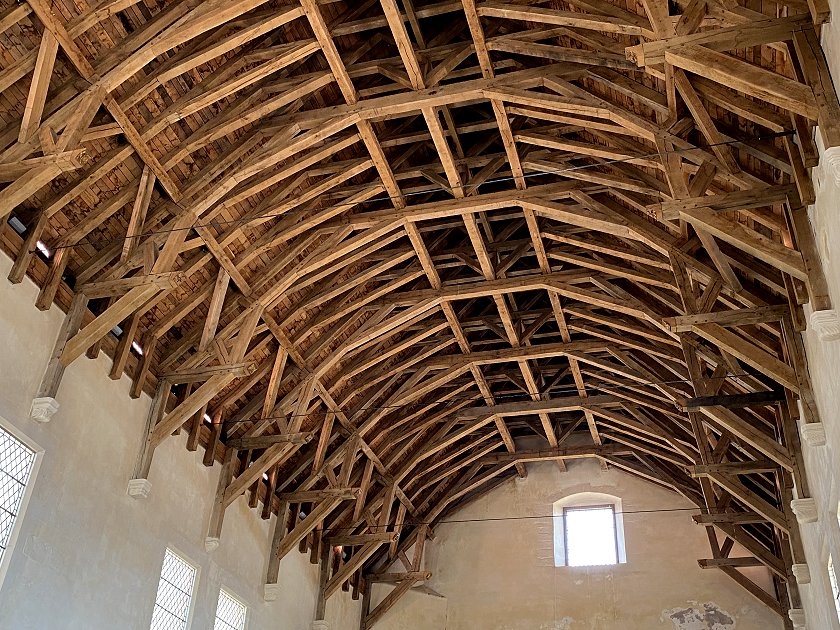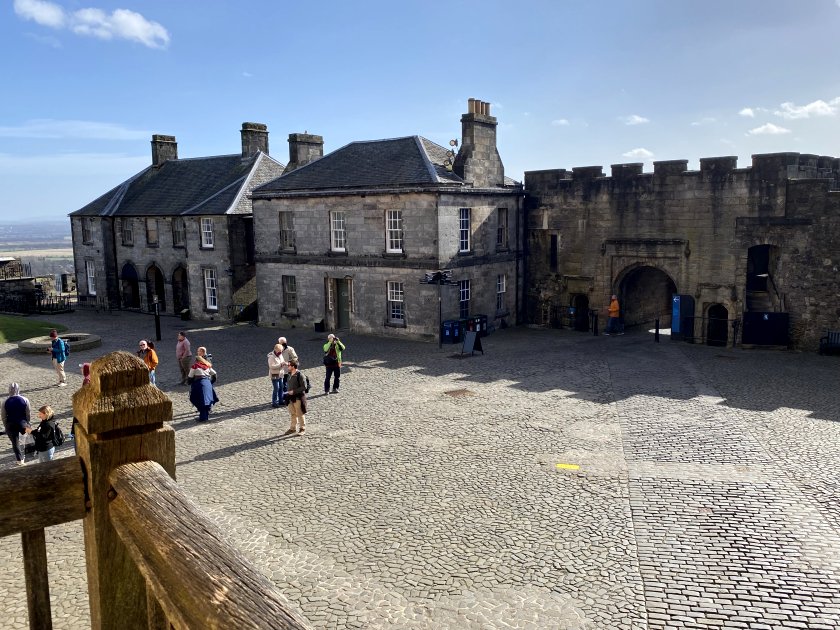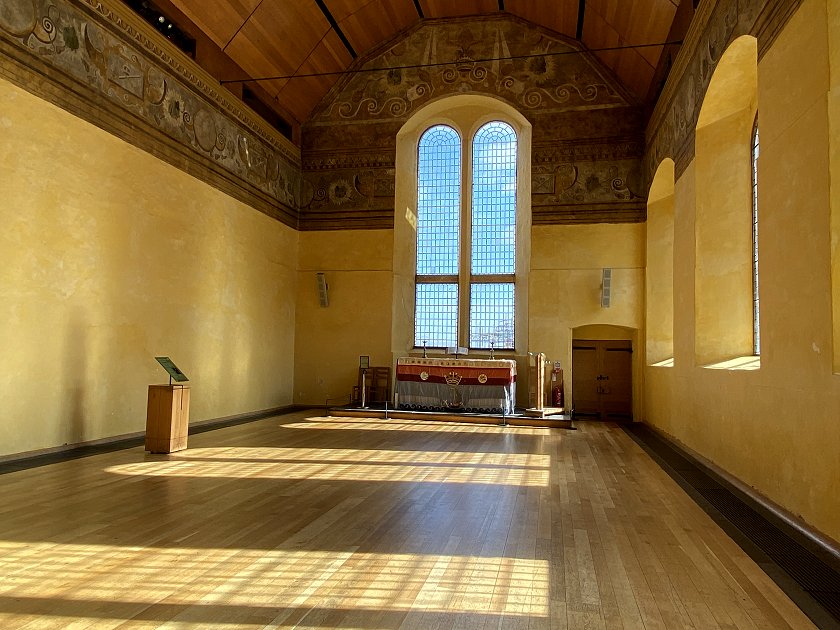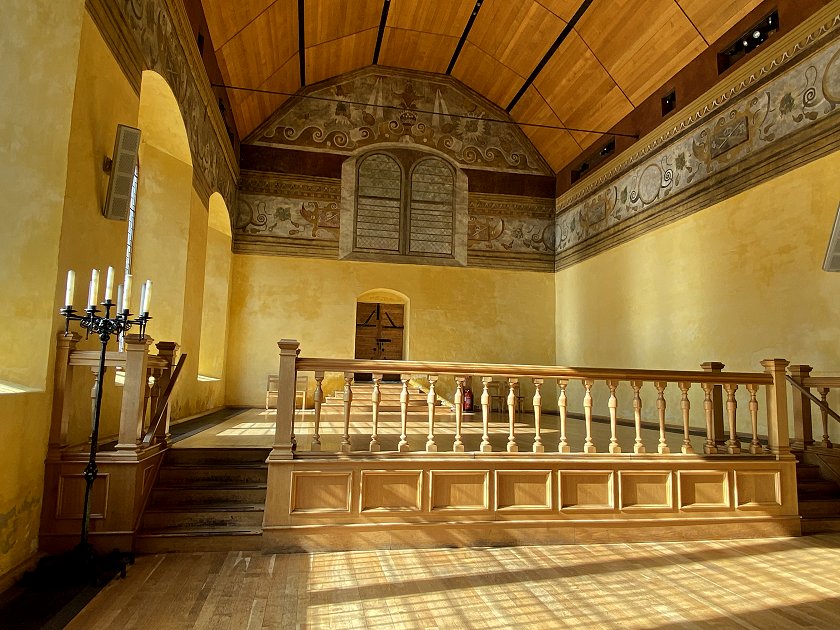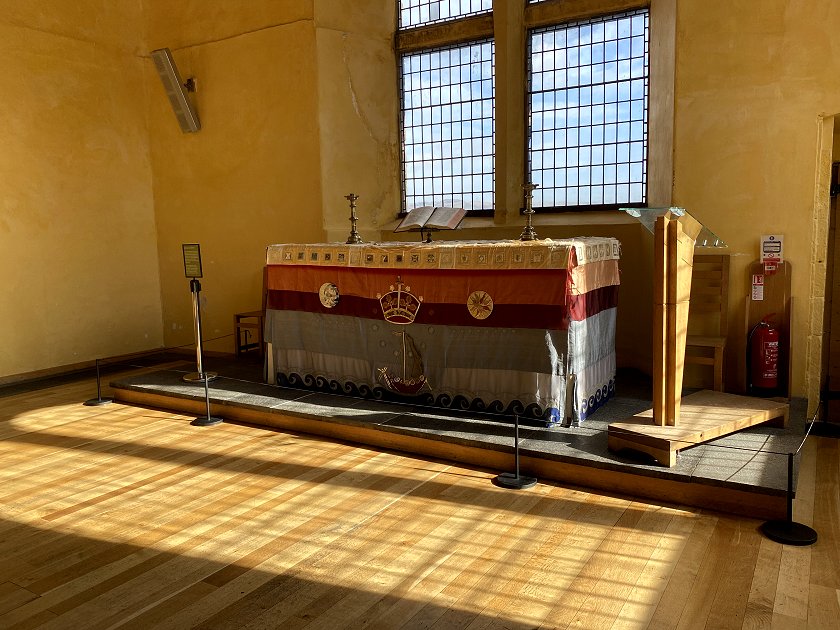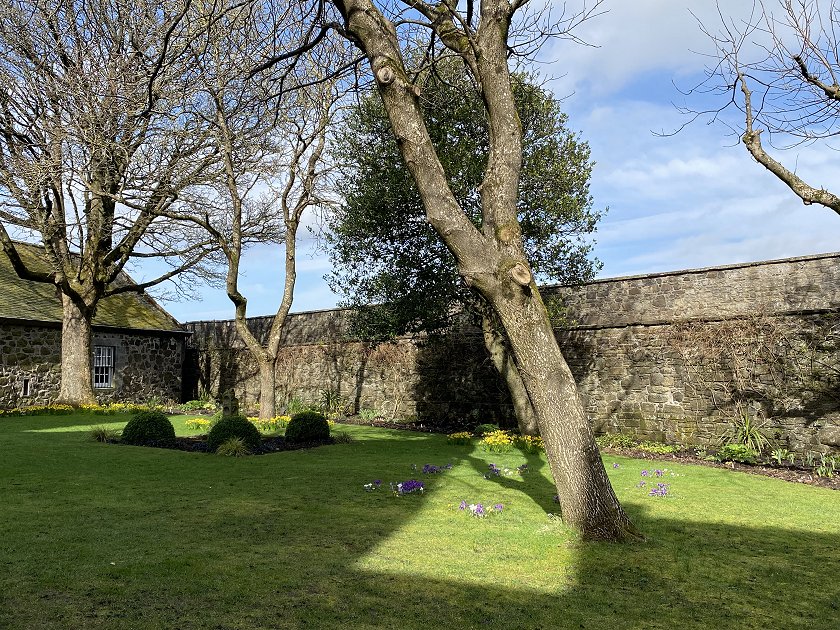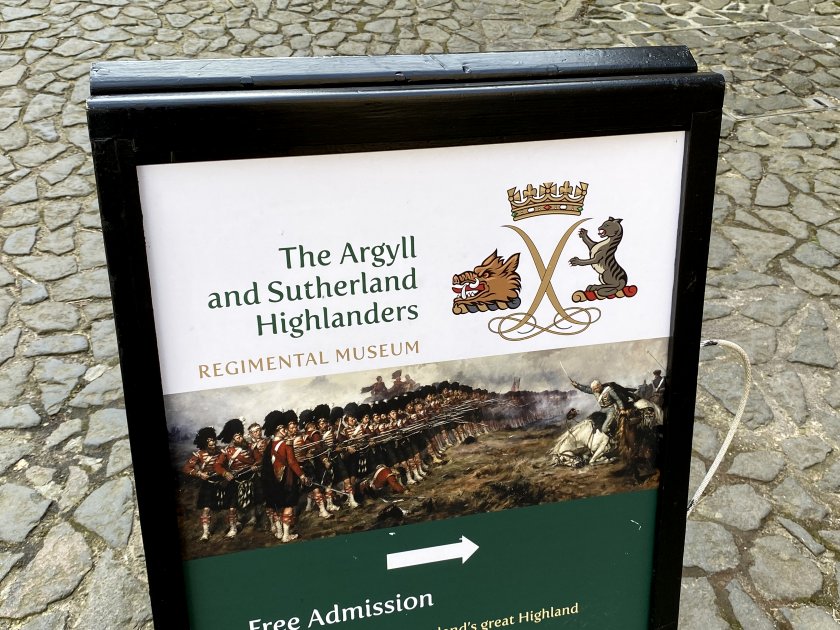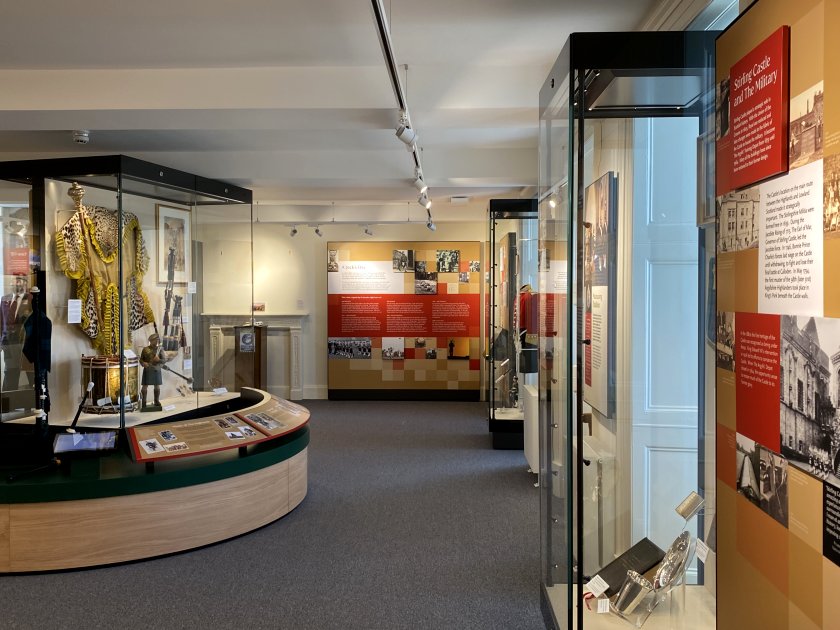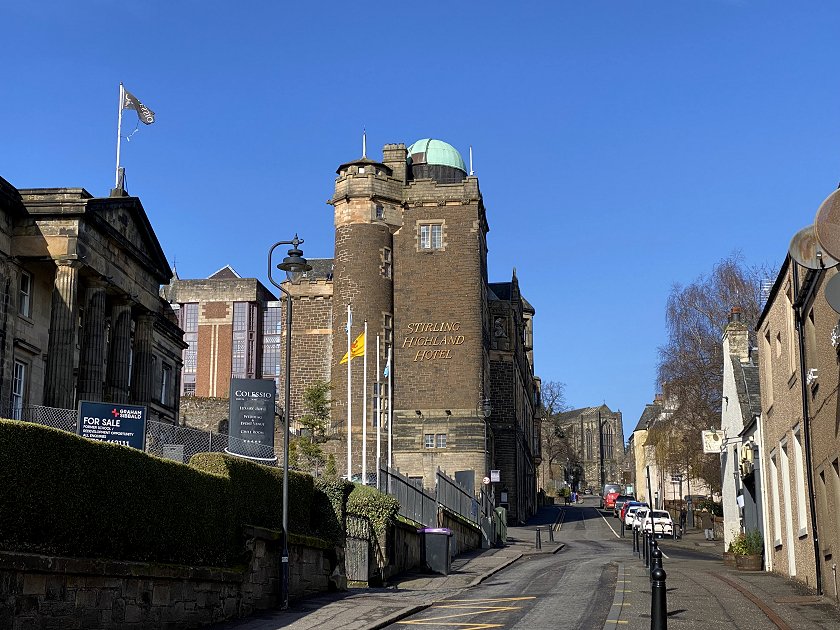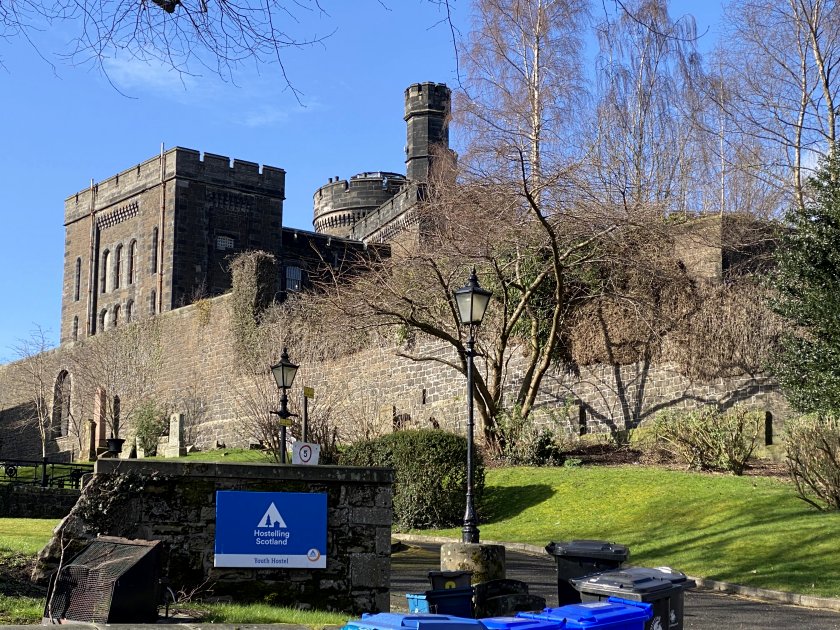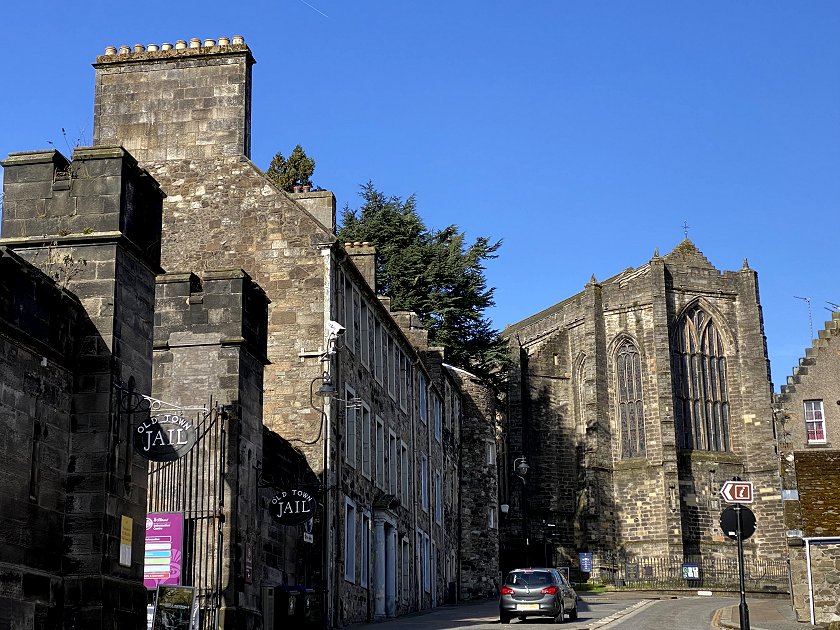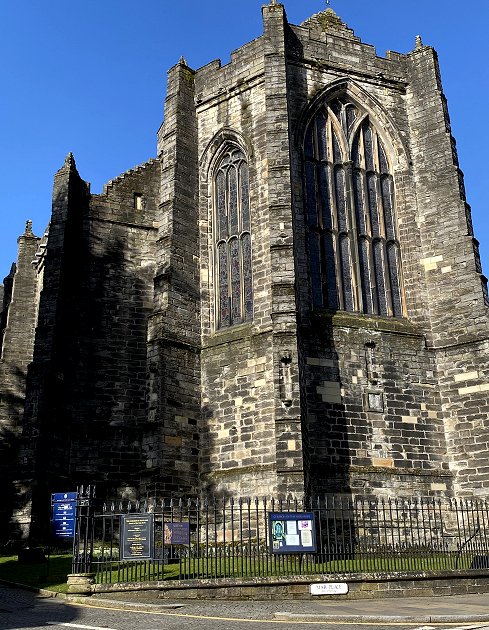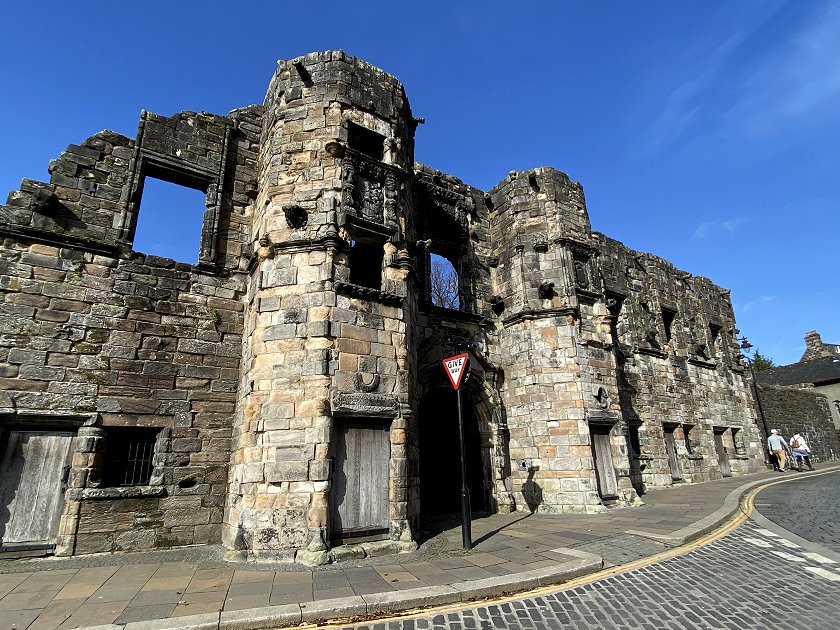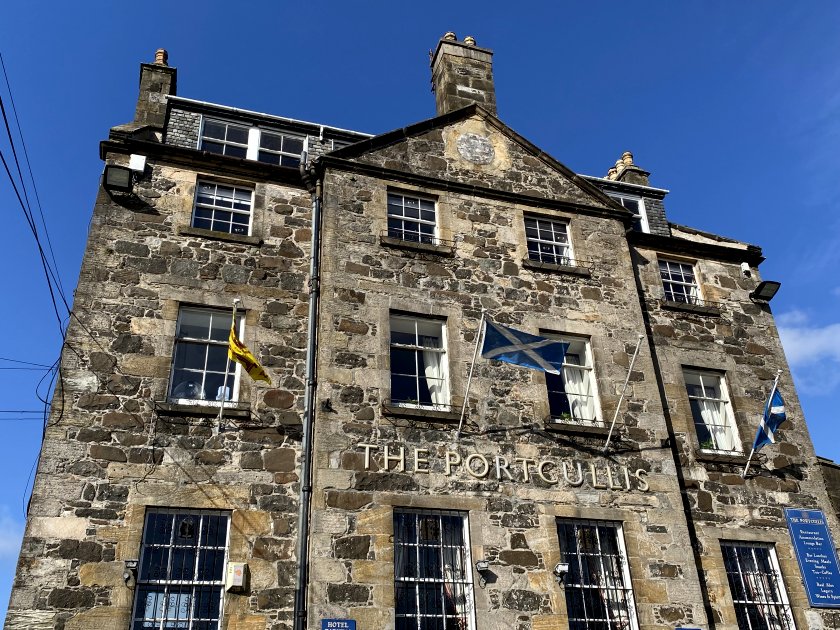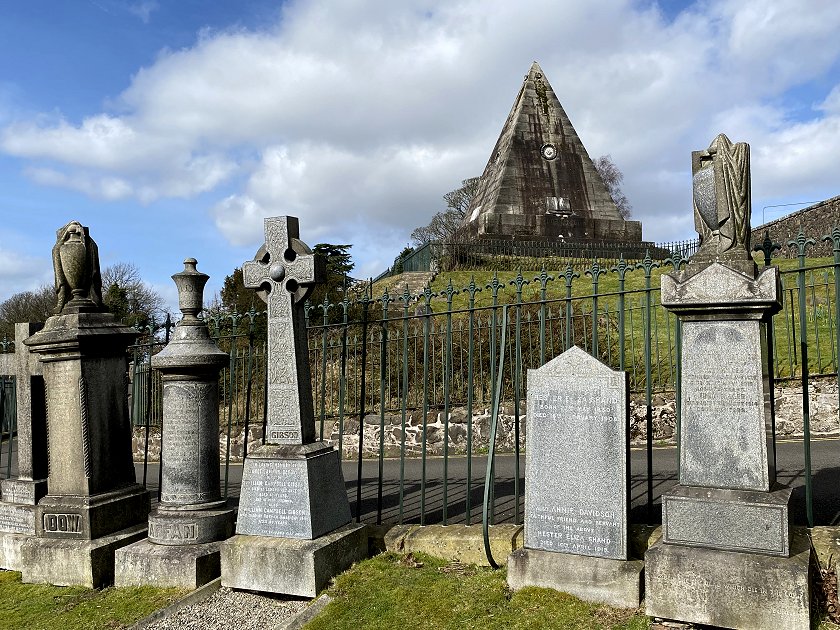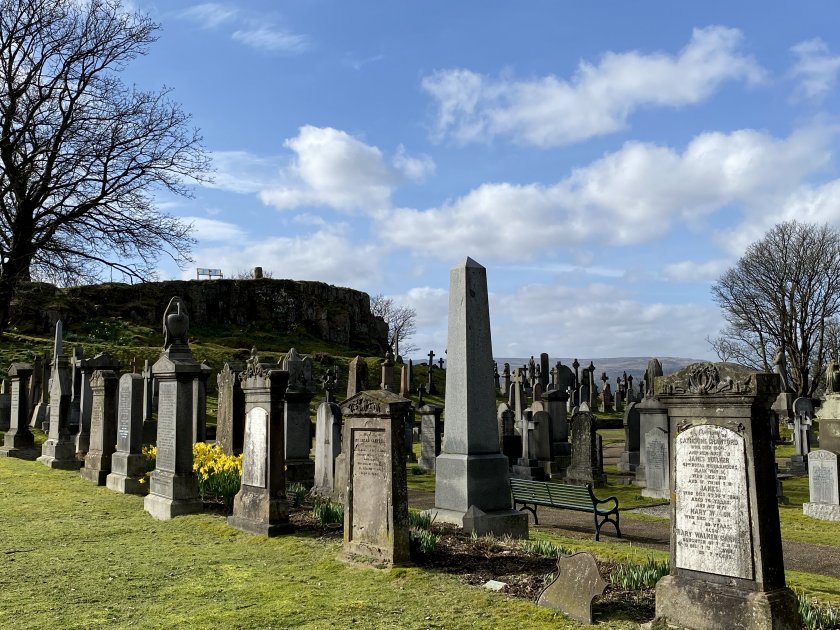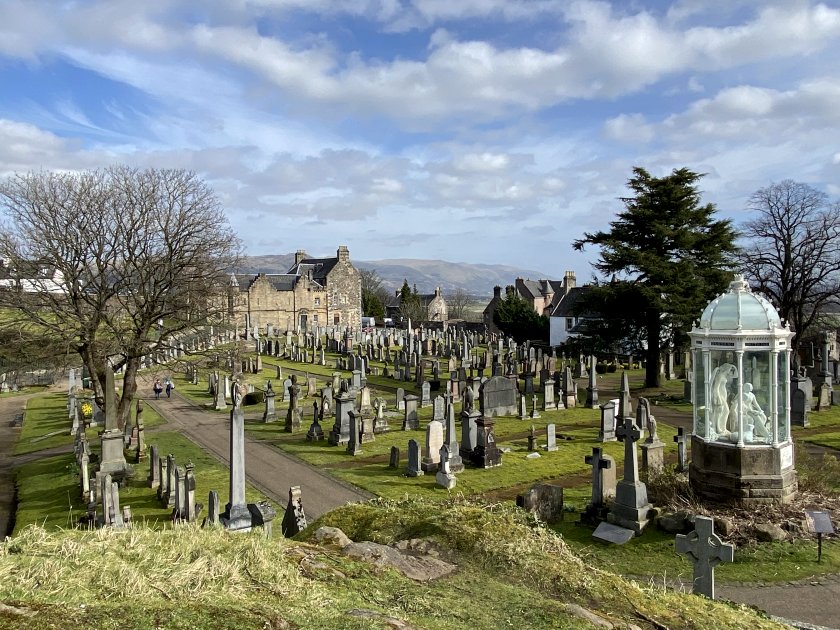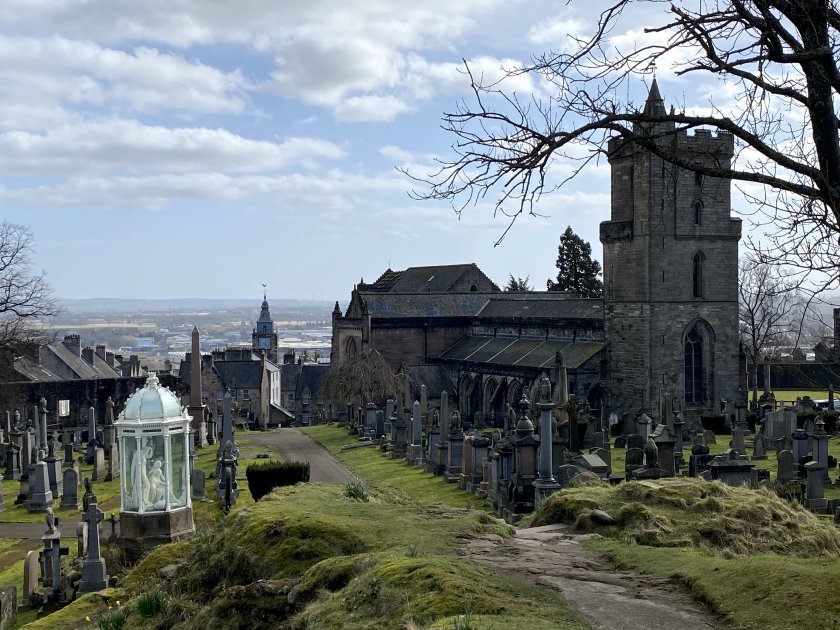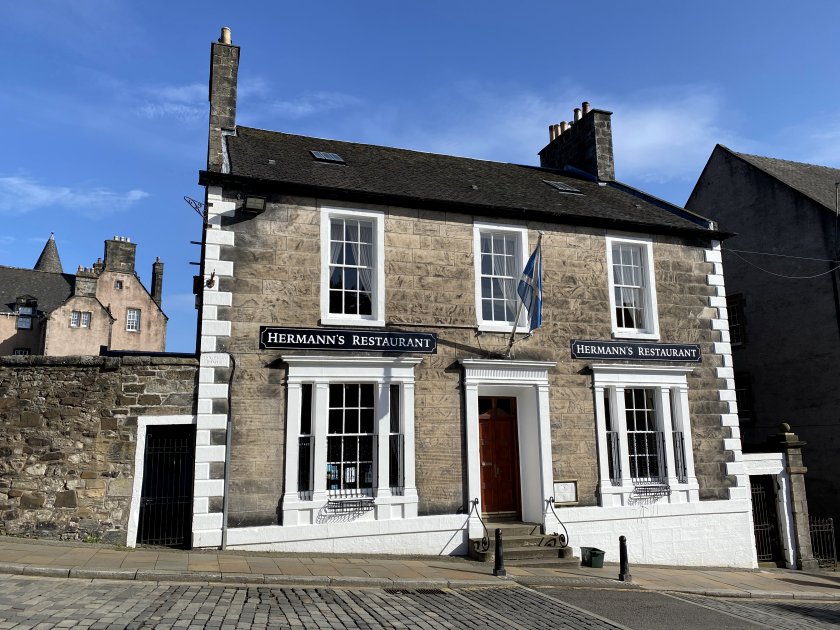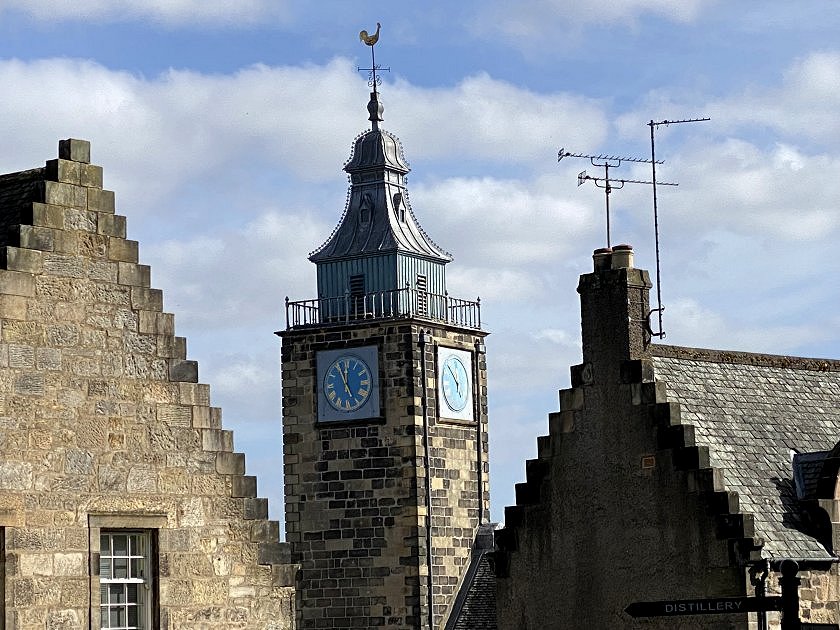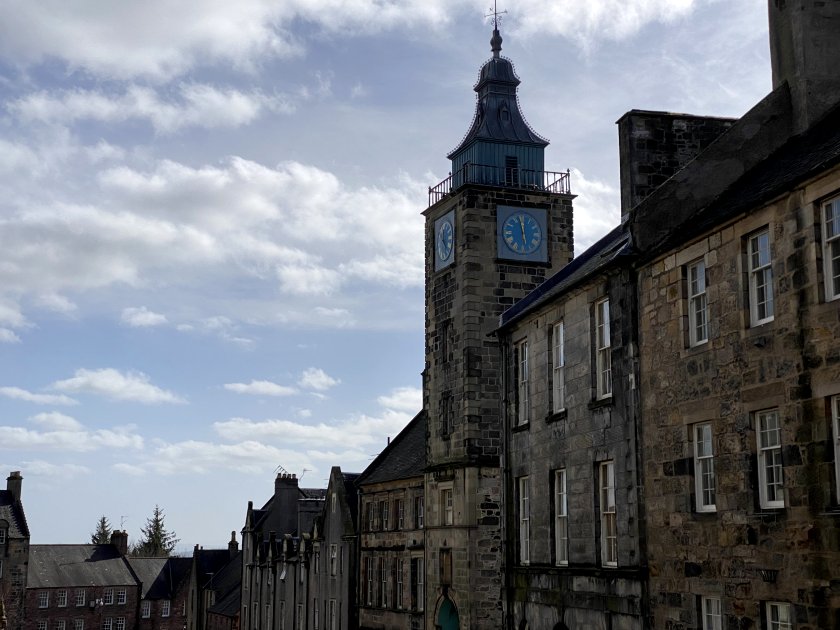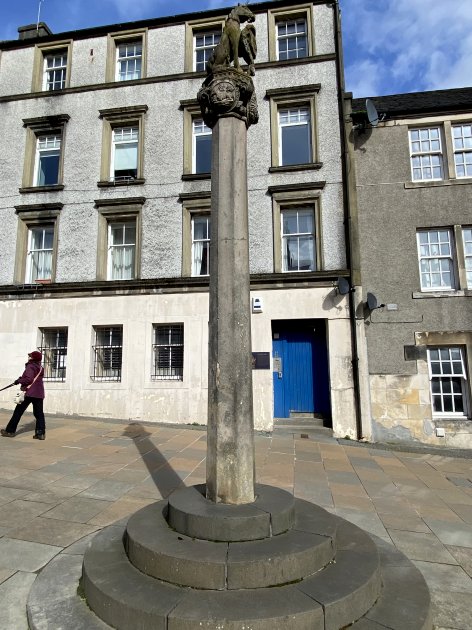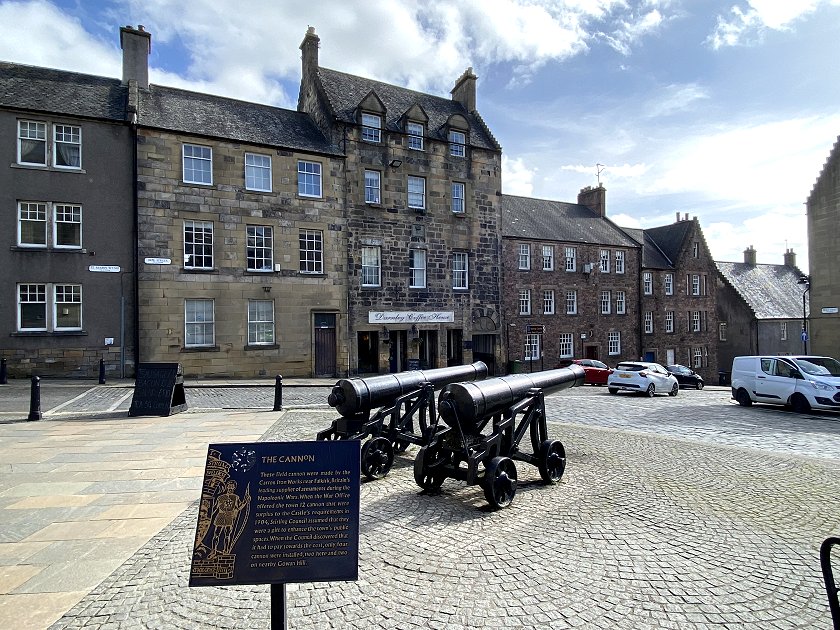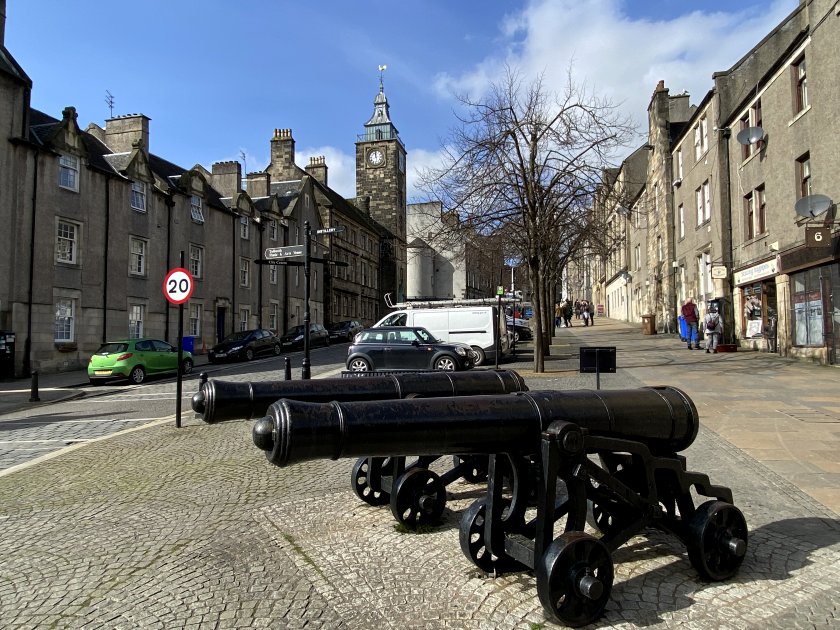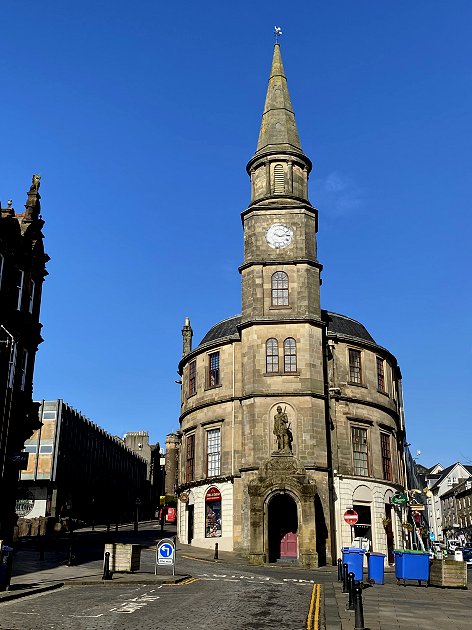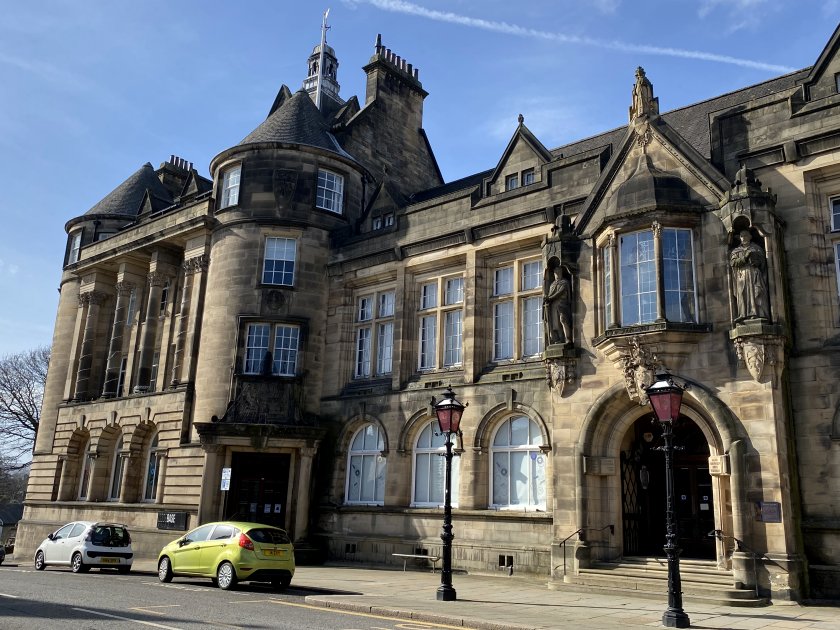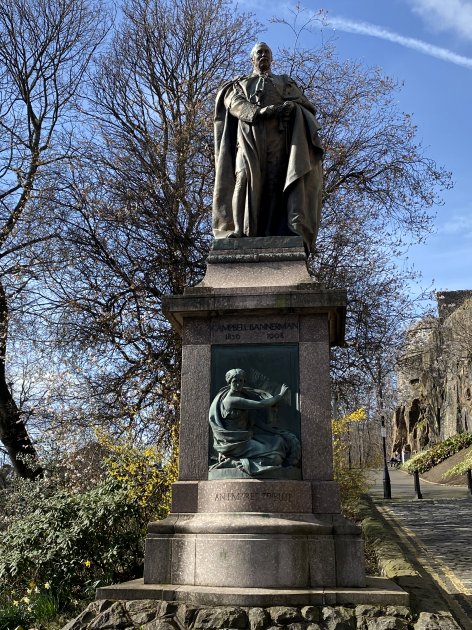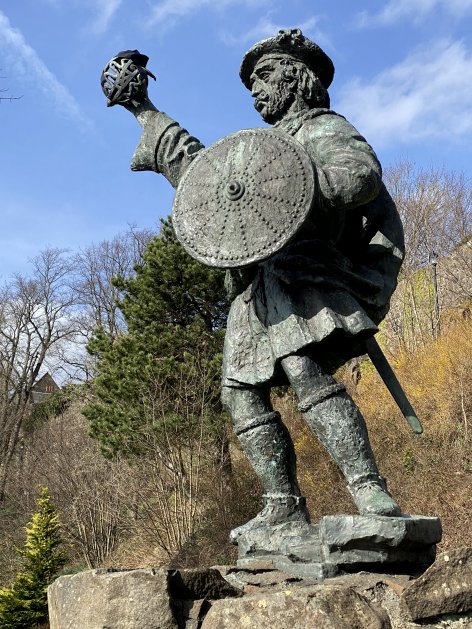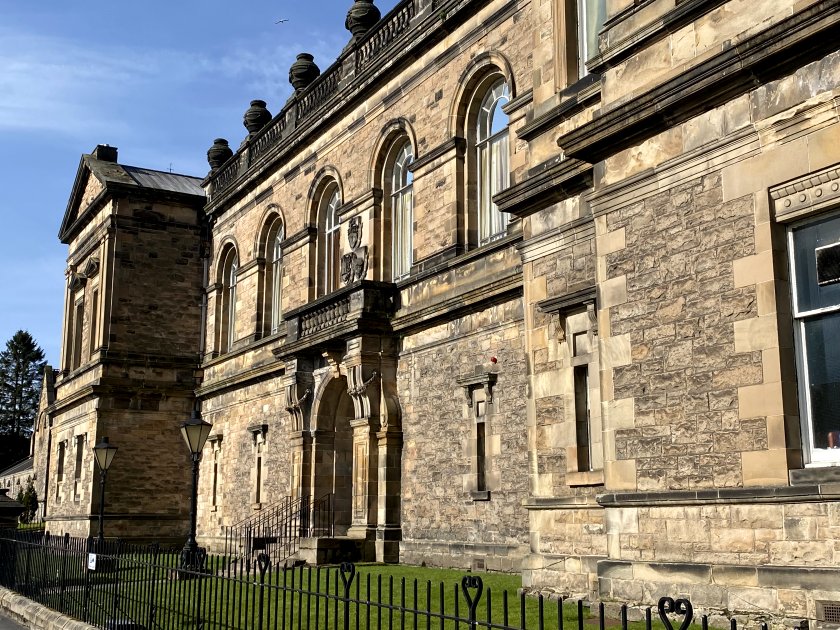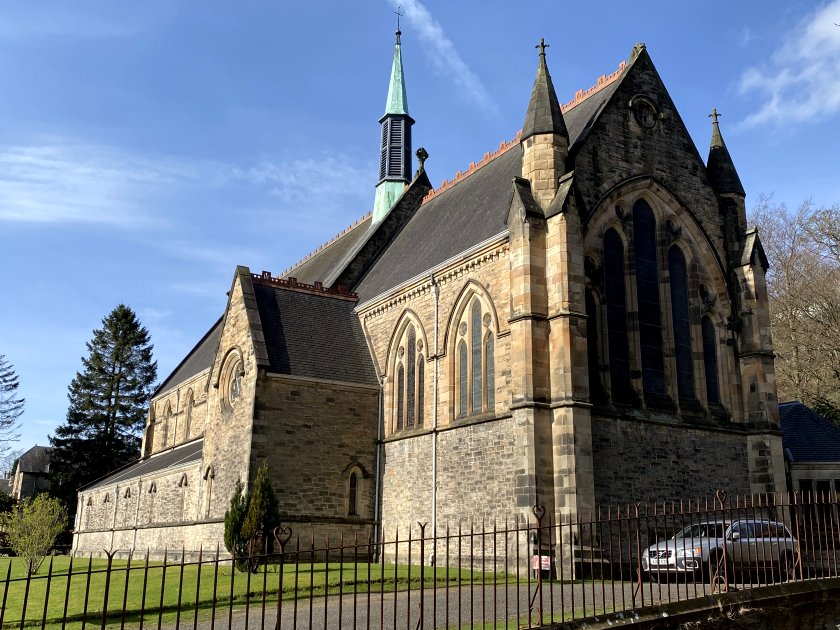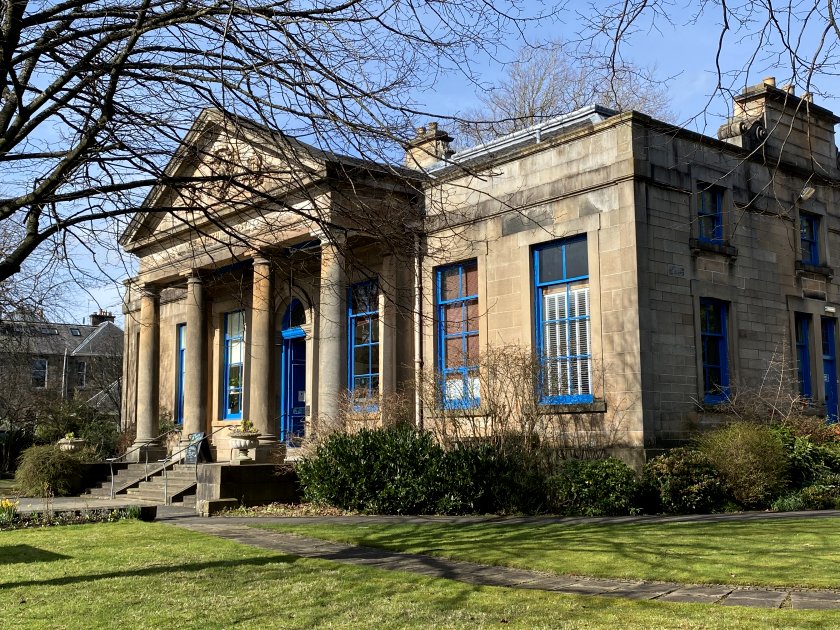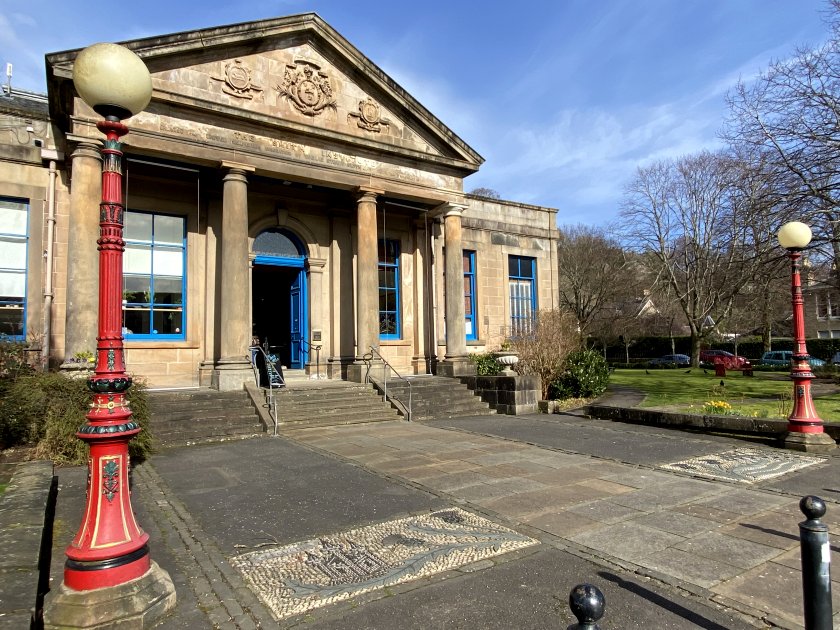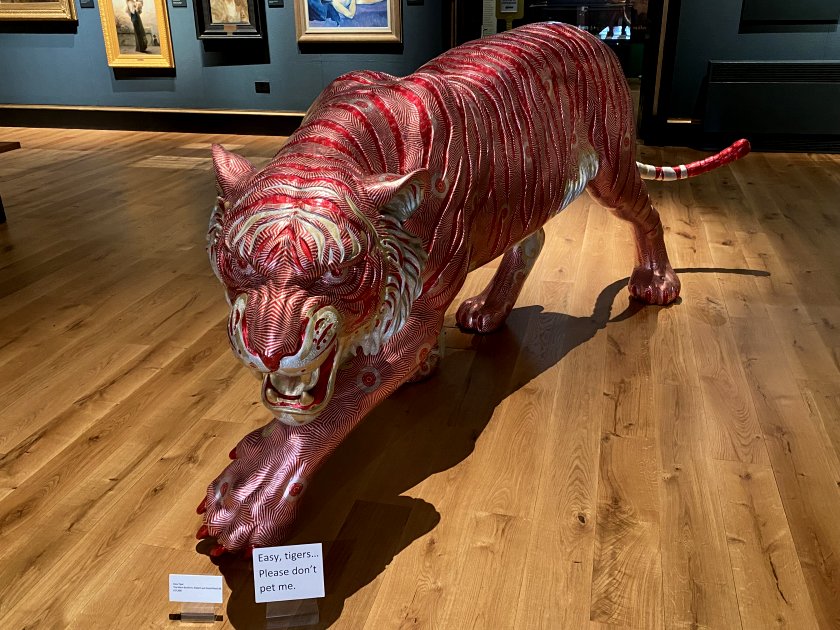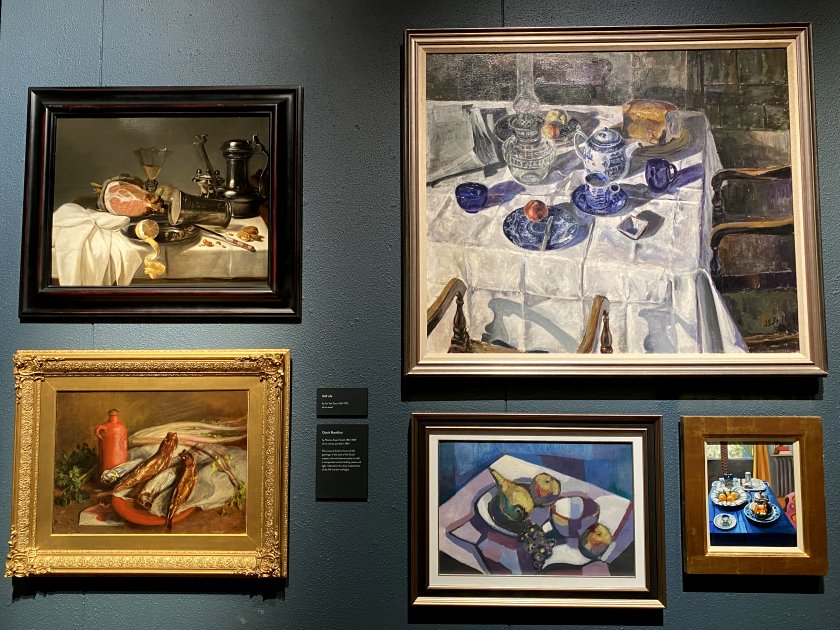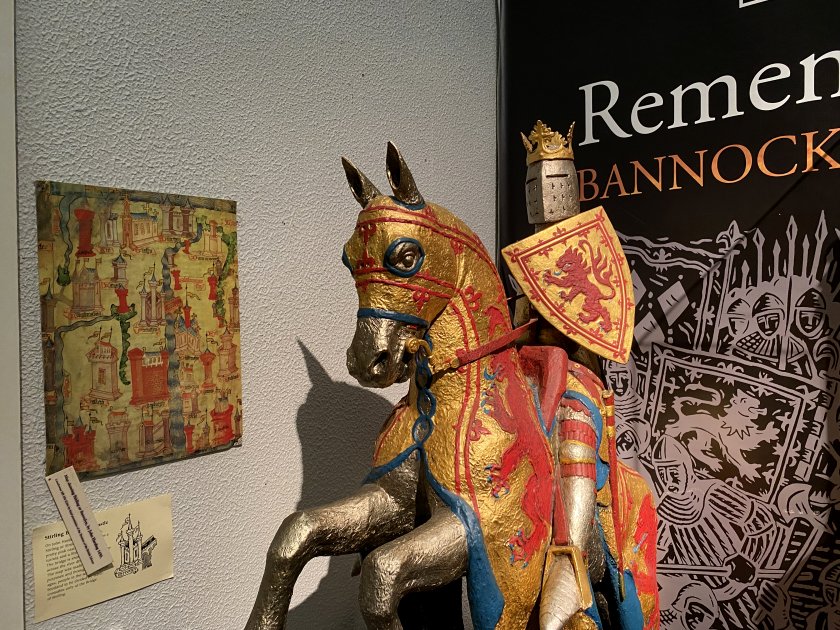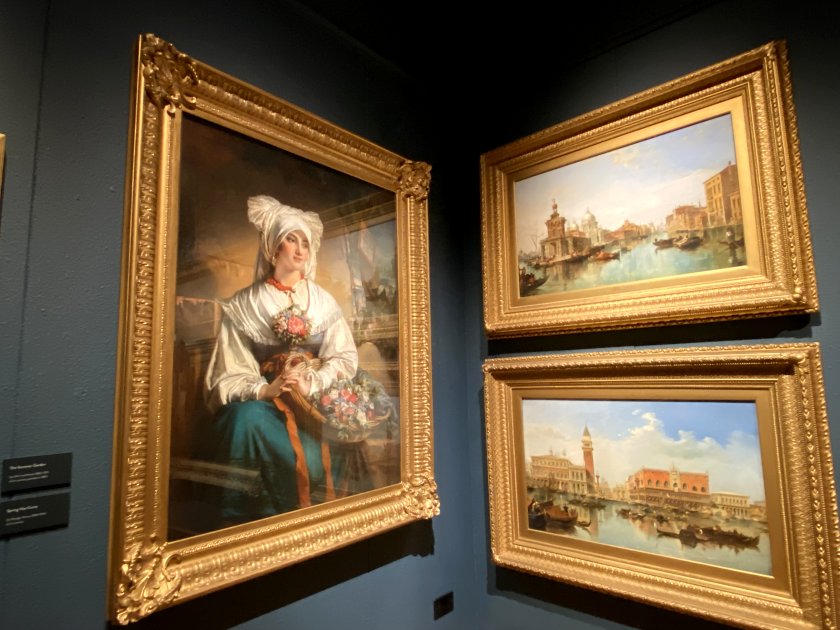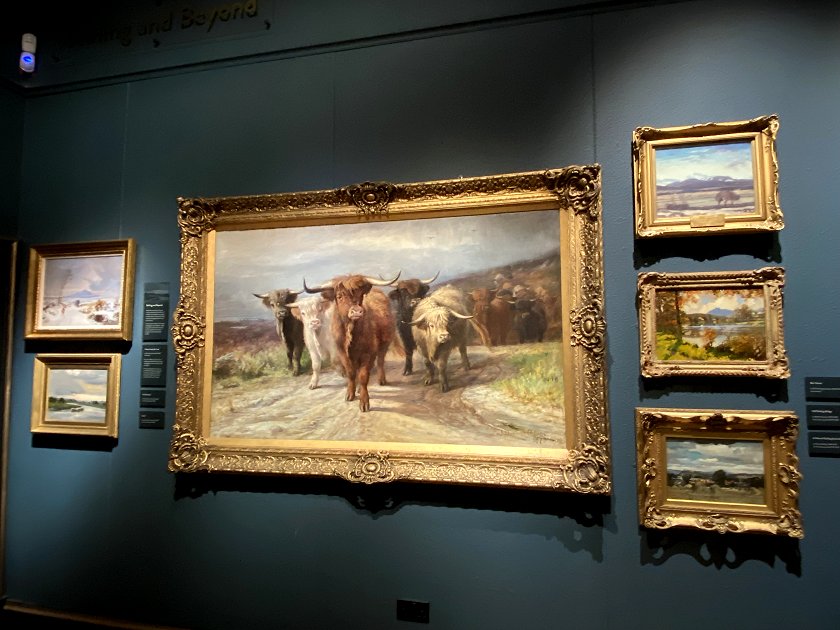Introduction
This post’s heading takes a slightly non-standard form as the name ‘Stirling’ applies to one of Scotland’s smaller cities and also to the much larger council area in which that city lies. The former town of Stirling was granted city status in 2002, to mark the Queen’s golden jubilee.
Historically, Stirling had long been regarded as a key strategic location within Scotland. The castle, dramatically located on top of a steep-sided hill, gives line-of-sight observation of surrounding land for miles. In the days of a separate Scottish monarchy, it doubled as a royal residence. Prior to construction of the Forth and Kincardine bridges, Stirling lay on the main routes linking Glasgow and Edinburgh with Perth, Dundee, Aberdeen and Inverness. For centuries, it was the lowest bridging point on the Forth. And as if to underline its strategic importance, Stirling and its immediate surroundings provided the location for two key battles in Scottish history: Stirling Bridge (1297) and Bannockburn (1314).
Finally – on a purely personal note – prior to moving to Edinburgh, Stirling was my home for the greater part of my adult life.
Stirling Castle
This visit to my former hometown was prompted by the realisation that it was approaching 10 years since my last visit to Stirling Castle, which had taken place in the autumn of 2012. Nearly ten years later, at a time when most Historic Scotland sites were closed pending post-lockdown safety inspections, no such restrictions applied to Stirling Castle, making it an obvious destination as the fine March weather of 2022 continued.
As mentioned above, prior to the Union of the Crowns in 1603, Stirling Castle combined the functions of military stronghold and royal residence, which in the modern world, can only help broaden its appeal to visitors. For those more interested in the history of the Scottish monarchy, the Royal Palace underwent an extensive restoration that was completed in 2011. (This aimed to give an impression of how the royal apartments may have looked originally.) For military enthusiasts, the castle is still the official headquarters of the Argyll & Sutherland Highlanders, and home to their regimental museum.
Top of the Town
That’s what Stirling people call their ‘old town’ area leading up to the castle. There are several buildings of interest, but the pick has to be the historic Church of the Holy Rude (1129), second oldest building in Stirling after the castle. Alongside Westminster Abbey (obviously) and Gloucester Cathedral, it is believed to be one of just three still-active churches in Great Britain to have held a coronation ceremony.
Smith Art Gallery & Museum
Despite living in Stirling for over 32 years, I somehow managed to leave without ever visiting the city’s compact art gallery and museum. This visit also provided the opportunity to remedy that inexplicable omission. The final set of photos begins with the walk from the city centre.

